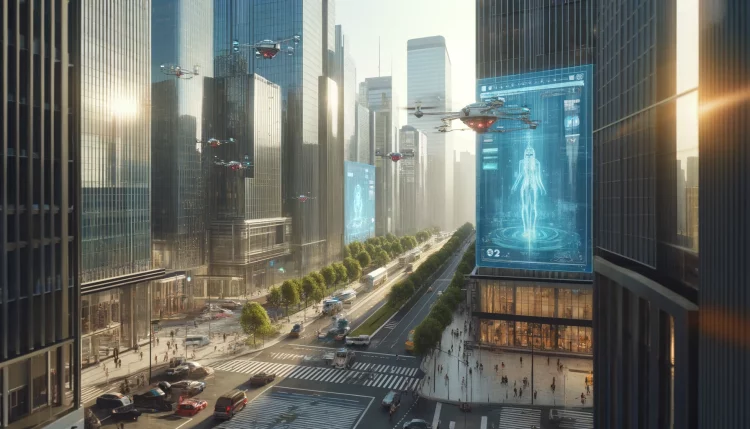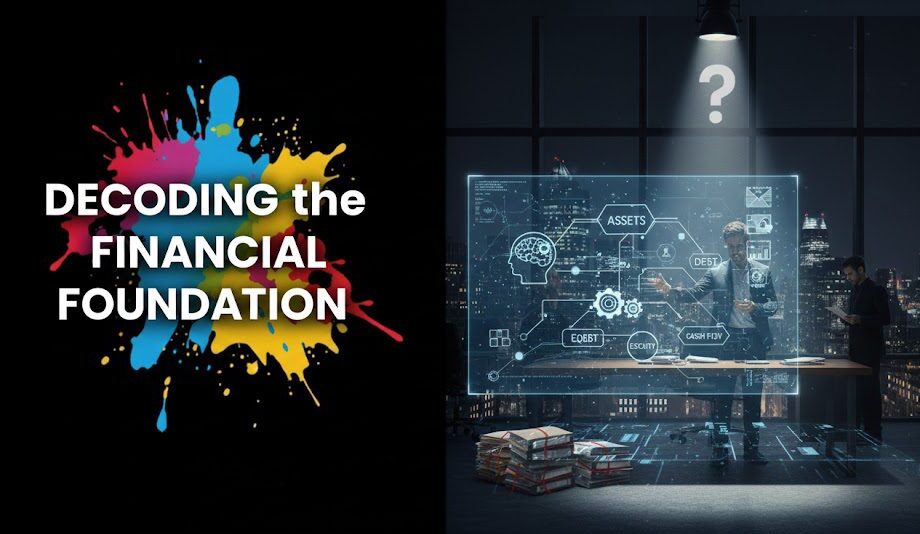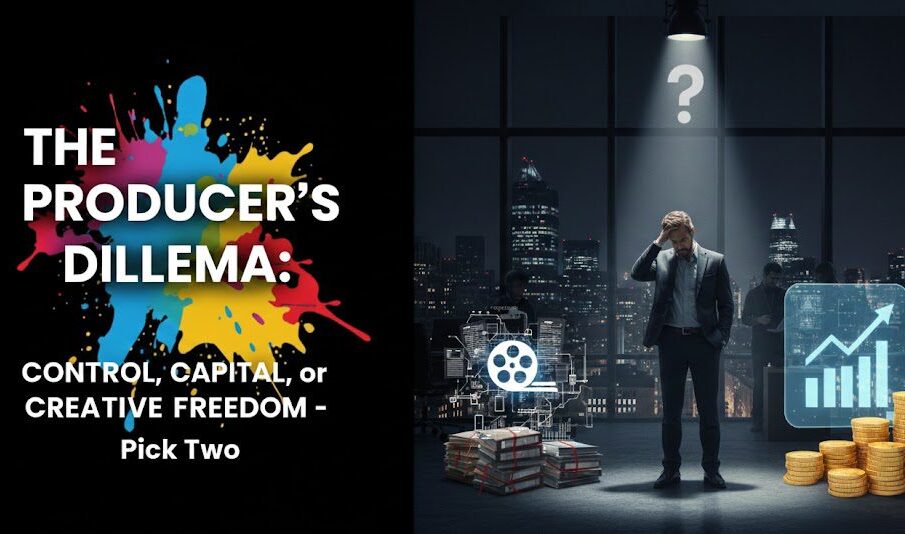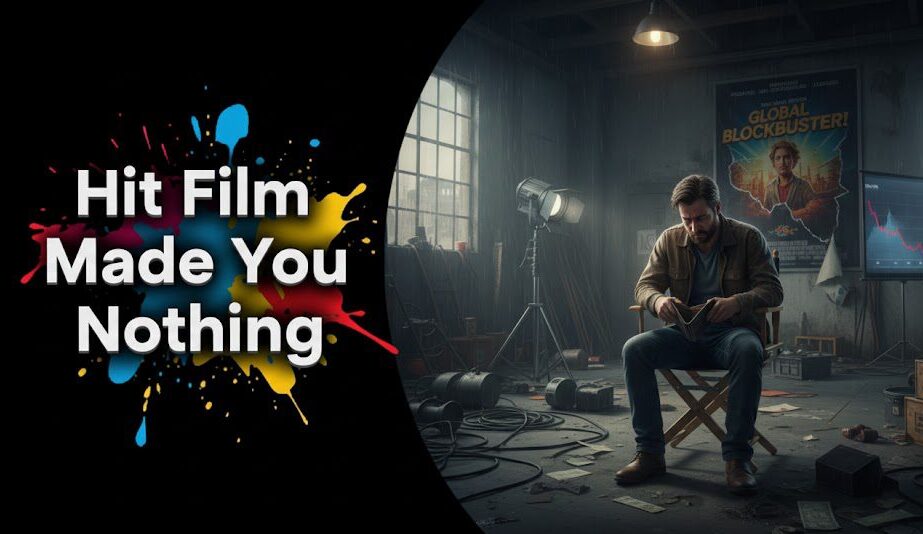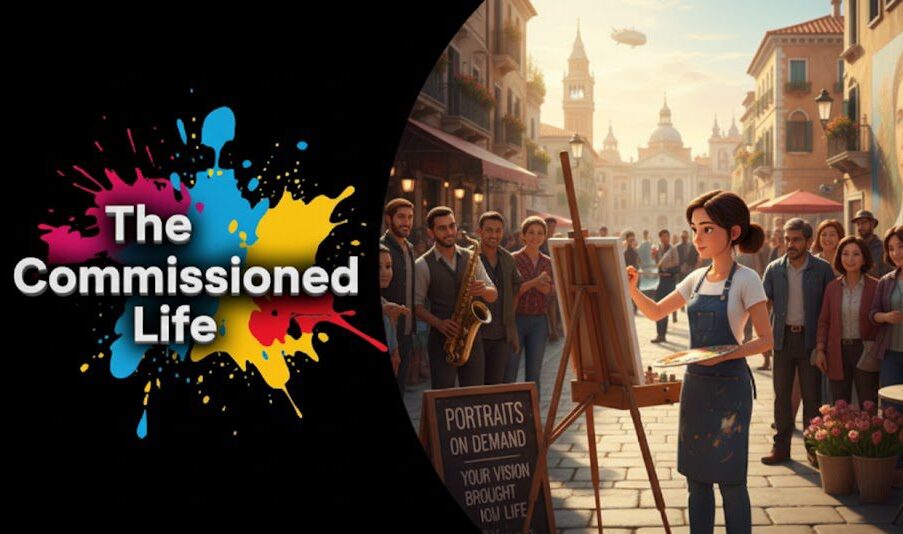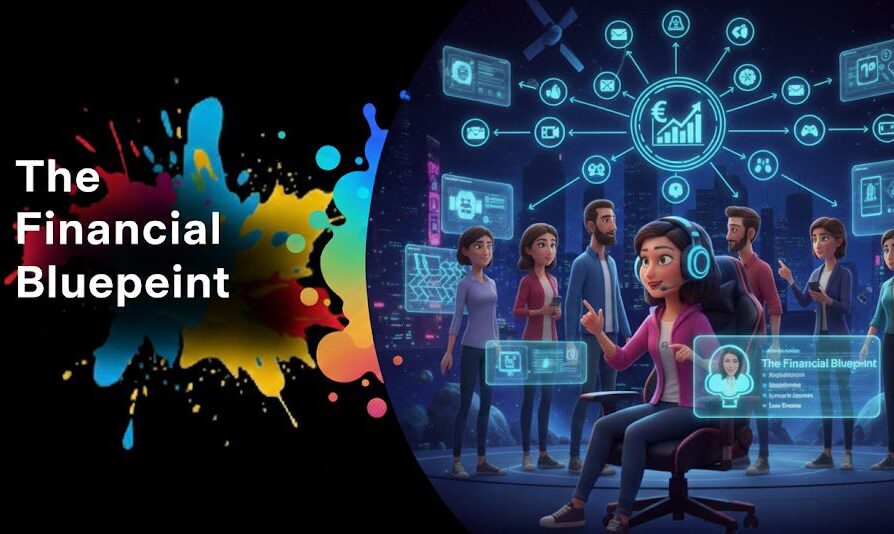the Right Photorealism VFX Studio
In today’s filmmaking landscape, the integration of photorealistic visual effects (VFX) is paramount. From subtle enhancements to grand, awe-inspiring spectacles, VFX can elevate a film’s visual storytelling, making it more immersive and engaging. However, choosing the right VFX studio is a critical decision that can make or break your project. This guide will delve into the essential factors filmmakers need to consider when selecting a photorealism VFX studio, ensuring a successful collaboration and exceptional results.
Understanding Photorealism in VFX
Photorealism in VFX refers to the art of creating digital images and effects that are indistinguishable from real life. Achieving photorealism requires a blend of advanced technology, artistic skill, and meticulous attention to detail. For filmmakers, it’s crucial to understand that photorealism isn’t just about impressive visuals; it’s about seamless integration with live-action footage, maintaining consistency in lighting, texture, and depth to create a believable world.
Looking for VFX
Experts or Projects?
Join Vitrina to Expand Your Global Entertainment Network
- Promote
Your VFX
Services. - Connect
with Vendors &
Studios Worldwide. - Discover
New Projects &
Opportunities - Find
Trusted VFX
Partners.

Key Factors to Consider When Choosing a VFX Studio
1. Portfolio and Past Work
Importance: A studio’s portfolio is a window into their capabilities, style, and expertise. It showcases their ability to handle projects similar to yours and their range in achieving photorealism.
What to Look For:
- Diversity of Projects: Look for a range of genres and scales. A versatile studio can adapt to different stylistic and technical demands.
- Quality of Work: Evaluate the realism, attention to detail, and overall polish of their work. High-quality VFX should blend seamlessly with live-action elements.
- Relevance: Seek out projects similar to your own in terms of complexity and scope. This gives you an idea of how they might handle your specific requirements.
2. Technical Expertise and Tools
Importance: The right tools and technical expertise are essential for achieving photorealistic effects. Advanced software and hardware ensure high-quality output and efficient workflows.
What to Look For:
- Software Proficiency: Ensure the studio is proficient in industry-standard software like Autodesk Maya, Houdini, Nuke, and others relevant to your project’s needs.
- Cutting-Edge Technology: Ask about their use of the latest technology, such as real-time rendering engines, AI-enhanced tools, and VR/AR integration.
- Technical Skills: Evaluate their technical expertise in areas like simulation (water, fire, smoke), motion capture, and compositing.
3. Artistic Talent and Vision
Importance: While technology is vital, the artistic vision brings photorealistic VFX to life. The studio’s artists must have a keen eye for detail and a deep understanding of visual storytelling.
What to Look For:
- Artistic Team: Research the backgrounds of key artists and supervisors. Look for industry experience, awards, and notable past projects.
- Concept Art and Pre-Visualization: Evaluate their ability to develop strong visual concepts and pre-visualizations that align with your creative vision.
- Creative Collaboration: Assess their willingness to collaborate and incorporate your ideas, ensuring the final product aligns with your artistic direction.
4. Project Management and Workflow
Importance: Efficient project management ensures that your film stays on schedule and within budget. A well-organized studio with clear workflows can handle the complex nature of VFX production.
What to Look For:
- Project Management Systems: Inquire about their use of project management tools and methodologies (e.g., Agile, Scrum) to track progress and manage deadlines.
- Communication: Evaluate their communication protocols. Regular updates, clear point-of-contact, and responsiveness are crucial.
- Problem-Solving: Ask for examples of how they have handled unexpected challenges or changes in scope in past projects.
5. Cost and Budgeting
Importance: Budget considerations are crucial for any film project. It’s essential to find a VFX studio that can deliver high-quality work within your financial constraints.
What to Look For:
- Transparent Pricing: Look for studios that provide clear and detailed quotes. Avoid those with vague pricing structures.
- Value for Money: Consider the quality of work in relation to their pricing. Sometimes, a higher initial cost can result in better overall value.
- Flexibility: Check if they offer flexible payment terms or packages that can be tailored to your budget.
Looking for Global VFX Projects?
Create your profile on Vitrina!
- Promote your VFX studio.
- Connect with global studios.
- Showcase projects & clients.
- Find projects matching your expertise.

5. Cost and Budgeting
Importance: Budget considerations are crucial for any film project. It’s essential to find a VFX studio that can deliver high-quality work within your financial constraints.
What to Look For:
- Transparent Pricing: Look for studios that provide clear and detailed quotes. Avoid those with vague pricing structures.
- Value for Money: Consider the quality of work in relation to their pricing. Sometimes, a higher initial cost can result in better overall value.
- Flexibility: Check if they offer flexible payment terms or packages that can be tailored to your budget.
6. Reputation and Reviews
Importance: A studio’s reputation within the industry can provide insights into their reliability, professionalism, and the quality of their work.
What to Look For:
- Client Testimonials: Read reviews and testimonials from past clients. Look for consistent praise and specific examples of successful collaborations.
- Industry Recognition: Consider studios with industry awards or nominations, as these accolades often reflect a high standard of excellence.
- Professional Networks: A studio’s connections and partnerships within the industry can also be a good indicator of their reputation and influence.
7. Scalability and Flexibility
Importance: Your project’s scope might change, and having a studio that can scale its resources and adapt to new demands is invaluable.
What to Look For:
- Resource Availability: Ensure the studio has the capacity to handle your project’s size and complexity, including access to skilled artists and technical resources.
- Adaptability: Look for examples of how they have scaled up or down for past projects and their ability to adjust to changes in project scope or direction.
8. Post-Production Support and Services
Importance: VFX is an integral part of post-production. A studio that offers comprehensive post-production support can streamline the final stages of your project.
What to Look For:
- Additional Services: Check if they offer related services like color grading, editing, and sound design, which can provide a more cohesive post-production process.
- Technical Support: Ensure they offer ongoing technical support and are available to make adjustments or fixes as needed.
- Delivery and Integration: Assess their ability to deliver final assets in the required formats and integrate them seamlessly with other post-production elements.
Step 1: Initial Research and Shortlisting
Start by conducting thorough research to identify potential studios. Use industry networks, online portfolios, and recommendations to create a shortlist of candidates. Visit their websites, review their portfolios, and gather basic information about their services, expertise, and past projects.
Step 2: Detailed Inquiry and RFP (Request for Proposal)
Once you have a shortlist, reach out to each studio with a detailed RFP. Include specifics about your project, such as the scope, desired outcomes, timeline, and budget. Ask for detailed proposals outlining their approach, estimated costs, timelines, and any initial creative ideas they might have.
Step 3: Evaluation of Proposals
Evaluate the proposals based on the criteria discussed earlier: quality of past work, technical expertise, artistic vision, project management capabilities, cost, and reputation. Arrange meetings or calls to discuss the proposals in detail and ask any follow-up questions.
Step 4: Test Project or Sample Work
Consider requesting a small test project or sample work to evaluate their capabilities firsthand. This could be a short sequence or a specific effect relevant to your project. It’s a practical way to assess their quality, workflow, and ability to meet deadlines.
Step 5: Negotiation and Contract
Once you’ve selected a studio, negotiate the terms of the contract. Ensure that all aspects of the project are clearly defined, including deliverables, timelines, payment schedules, and contingencies for potential changes or delays. It’s also important to include clauses for intellectual property rights and confidentiality.
Step 6: Onboarding and Kickoff
Begin the project with a kickoff meeting to align all stakeholders on the project goals, timelines, and communication protocols. Establish a regular schedule for progress updates and reviews to ensure that the project stays on track and any issues are addressed promptly.
Summary
Photorealism in VFX refers to the creation of digital images and effects that are indistinguishable from real-life visuals. It involves achieving a high level of detail, accurate lighting, textures, and depth to blend seamlessly with live-action footage.
Choosing the right VFX studio is crucial because it affects the quality of your film’s visuals, the efficiency of production, adherence to budget and timelines, and ultimately the overall success of your project.
When reviewing a VFX studio’s portfolio, look for:
- Diversity in projects: A range of genres and scales.
- Quality of work: Realism, attention to detail, and seamless integration with live-action footage.
- Relevance: Projects similar to yours in complexity and scope.
Evaluate their proficiency in industry-standard software (like Autodesk Maya, Houdini, Nuke), their use of cutting-edge technology (real-time rendering, AI-enhanced tools), and their skills in areas like simulation, motion capture, and compositing.
Artistic talent is crucial for bringing photorealistic VFX to life. The studio’s artists should have a keen eye for detail, a strong understanding of visual storytelling, and the ability to develop compelling visual concepts and pre-visualizations.


